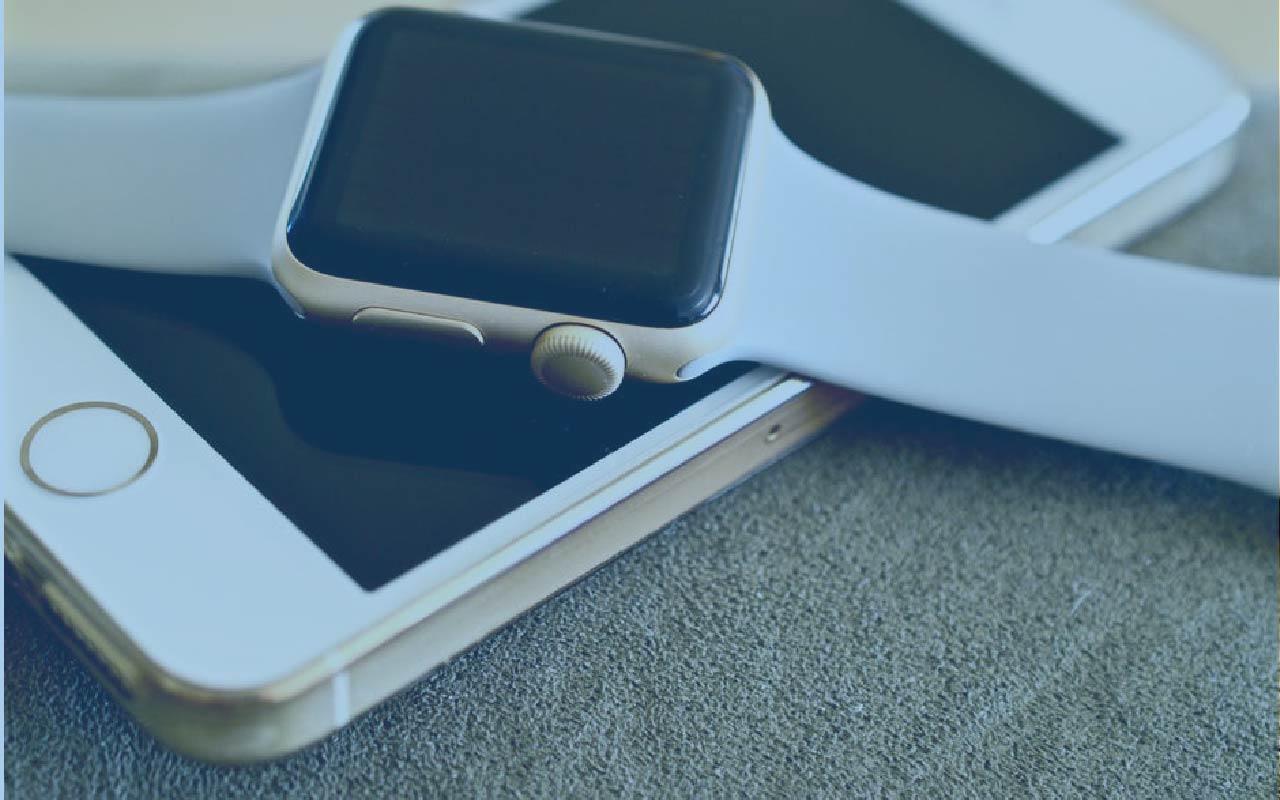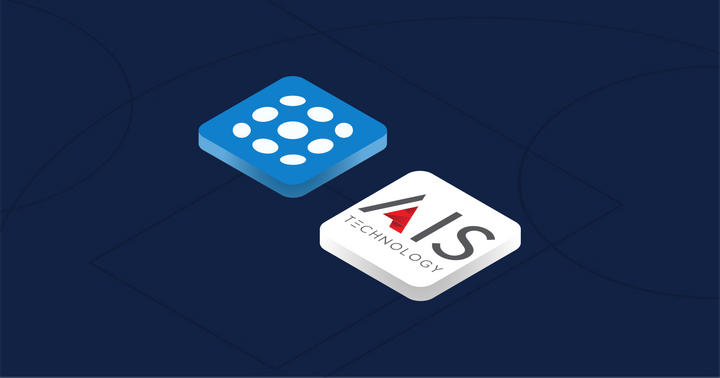Developing Apps for the Internet of Things – Design Tips for IoT Applications

If you’ve read any tech blog over the past few years, you’re probably well aware of the hype behind the ‘Internet of Things.’ As the technology behind it becomes more affordable, from sensors to networking chips, it makes sense that there’s a corresponding need for IoT apps. The basic idea behind the IoT is that it will enable a new network of ‘things,’ including light bulbs, appliances, and even public transport networks, to transmit data. Imagine a refrigerator that sends you an alert when your milk is about to go off or a train that lets you know exactly which seats are free before it even arrives in the station. Apps are needed to work in tandem with the IoT to provide these functions.
We’ve been recently partnered with Nokia Networks to provide a few tips for would-be designers of IoT (Internet of Things) applications. Here are tips to help you make the most of this rapidly growing technology.
Tip 1: Understand the levels of Internet of Things applications.
The first order of business for those who want to develop IoT apps is to understand how they must work as a system. To begin with, you need to think about the devices themselves which form the first level of this system.
The next layer of the system is the ingestion tier, which includes the infrastructure and software to receive or organize data. This level also involves the management of the data.
Next comes the analytics area, which processes the data once it’s already been organized. And finally, there’s the top level that the end-user actually sees. This is the app itself. For designers, you’ll most likely only really need to concern yourselves with the end-user and analytics components of the system.
Tip 2: Consider using a readymade platform.
Because developers only work with these two top levels, they mostly choose to build their apps using an existing ‘Internet of Things’ platform. These usually already come equipped with the ingestion and analytics tiers, so that the designer can work on the end product. A wide range of companies has already risen up to offer platforms like these, including Ubidots, Xively, and others. Google and Apple are already on the case as well, along with Microsoft’s Intelligent Systems Service. It’s difficult to build an IoT app completely from scratch, so those just starting out should consider these platforms to interact with the Internet of Things from Nokia Networks or other providers.
Tip 3: Make apps scalable.
Another thing to think about is making your new app scalable. We’re already seeing some forms of the Internet of Things technology, but because it’s still in its infancy this will most likely grow exponentially over the next decade. If you want your app to succeed in the long-term, it needs to be able to scale up rapidlywhen this happens.
Tip 4: Look at the big picture rather than a niche market.
A major difference between IoT apps and the usual mobile apps we use today is the type of service they provide. Typically, app developers focus on a niche market, providing a highly specific function. However, the very nature of the Internet of Things means that it requires communication between various industries or ecologies. A fully automated home would need to be able to interact with security and utility companies, for example, to monitor efficiency and reduce peak load. The end goal is a completely connected city, so new apps should reflect this broader focus.
Tip 5: Include built-in security features.
Finally, security is going to be an even bigger issue with the IoT than it is now. It’s vital for new apps to address this right from the start – with encryption and authentication features built into each IoT device. Security features should be clear and easy to use for apps like this which could have a wide reach in the end user’s life.
To begin solving problems with the Internet of Things today, simply create an Ubidots account and effortlessly send your data to the Ubidots IoT Application Development Platform to develop, visualize, and deploy your Problem Solving Application today!


